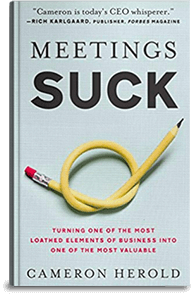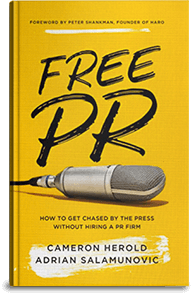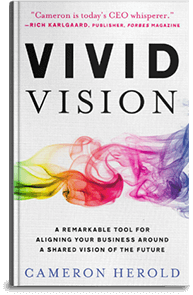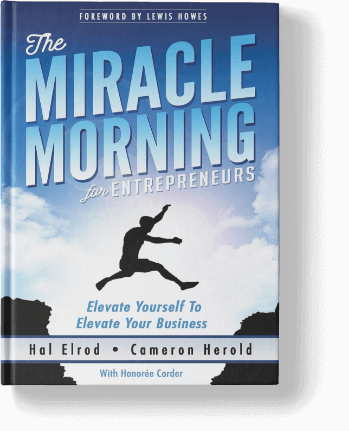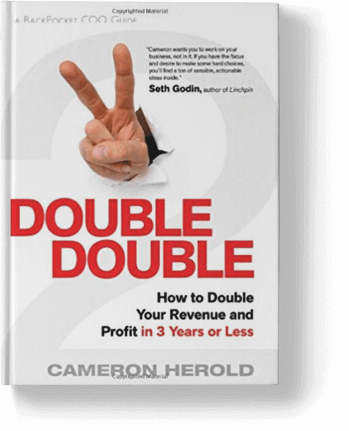Most companies have a “vision statement.” It sounds nice. It checks the box. And then… it disappears into a slide deck no one reads again.
The truth? Most vision statements don’t fail because people don’t care — they fail because they don’t connect. They’re too vague to inspire action and too generic to create alignment.
A powerful vision shouldn’t sound like something that could belong to any company. It should sound like you.
The Problem with Traditional Vision Statements
Here’s how most leaders write a vision:
They gather the executive team, brainstorm for an hour, throw around some buzzwords, and land on something like —
“To be the leading provider of innovative solutions that delight our customers.”
That sentence could describe a coffee shop, a tech company, or a moving truck rental service.
It doesn’t paint a picture. It doesn’t make you feel anything.
And that’s exactly why it fails.
Your team can’t align behind something they can’t visualize. Investors can’t get excited about something they can’t imagine. And customers won’t believe in something that doesn’t sound real.
What a Vision Should Actually Do
A real vision statement — what I call a Vivid Vision® — isn’t a sentence. It’s a story.
It describes your company three years in the future as if it already happened. You’re not writing what you hope will happen — you’re writing what you see.
- You describe what your culture feels like
- What your office looks like
- How your customers talk about you
- What media is saying about your success
- How it feels to work there every day
It’s not a slogan. It’s a snapshot of your future reality.
How to Create a Vivid Vision That Actually Works
Step out of your day-to-day for a moment. Find a quiet space. And imagine your company three years from now — not one, not five, but three.
Then, write it out in detail:
- What does the business look and feel like?
- How do people describe working there?
- What does success actually look like from the outside?
Once you’ve written it, share it — everywhere.
Print it. Present it. Read it to your team. Get your leaders to internalize it so deeply that they start making decisions through it.
That’s when the magic happens. Your people stop working toward vague goals — and start building the same future.
Why It Matters More Than Ever
Today’s teams crave meaning and direction. If they don’t know where the company is going, they’ll start guessing — and those guesses will all point in different directions.
A Vivid Vision fixes that.It gives your company a shared language for the future. It replaces confusion with clarity, and anxiety with excitement.
When everyone sees the same future, alignment becomes automatic.
That’s how great cultures form — not from slogans, but from shared vision.
The Bottom Line
A vision statement isn’t meant to decorate your website. It’s meant to pull your company forward.
The difference between a good business and a great one often comes down to this: One has a plan. The other has a picture.
If you want your people to believe in where you’re going — show them.
Learn how to write a vision so clear it pulls your team forward — step by step inside Vivid Vision by Cameron Herold.
Discover how to turn your dream for the company into a three-year roadmap everyone can see, feel, and act on today.
